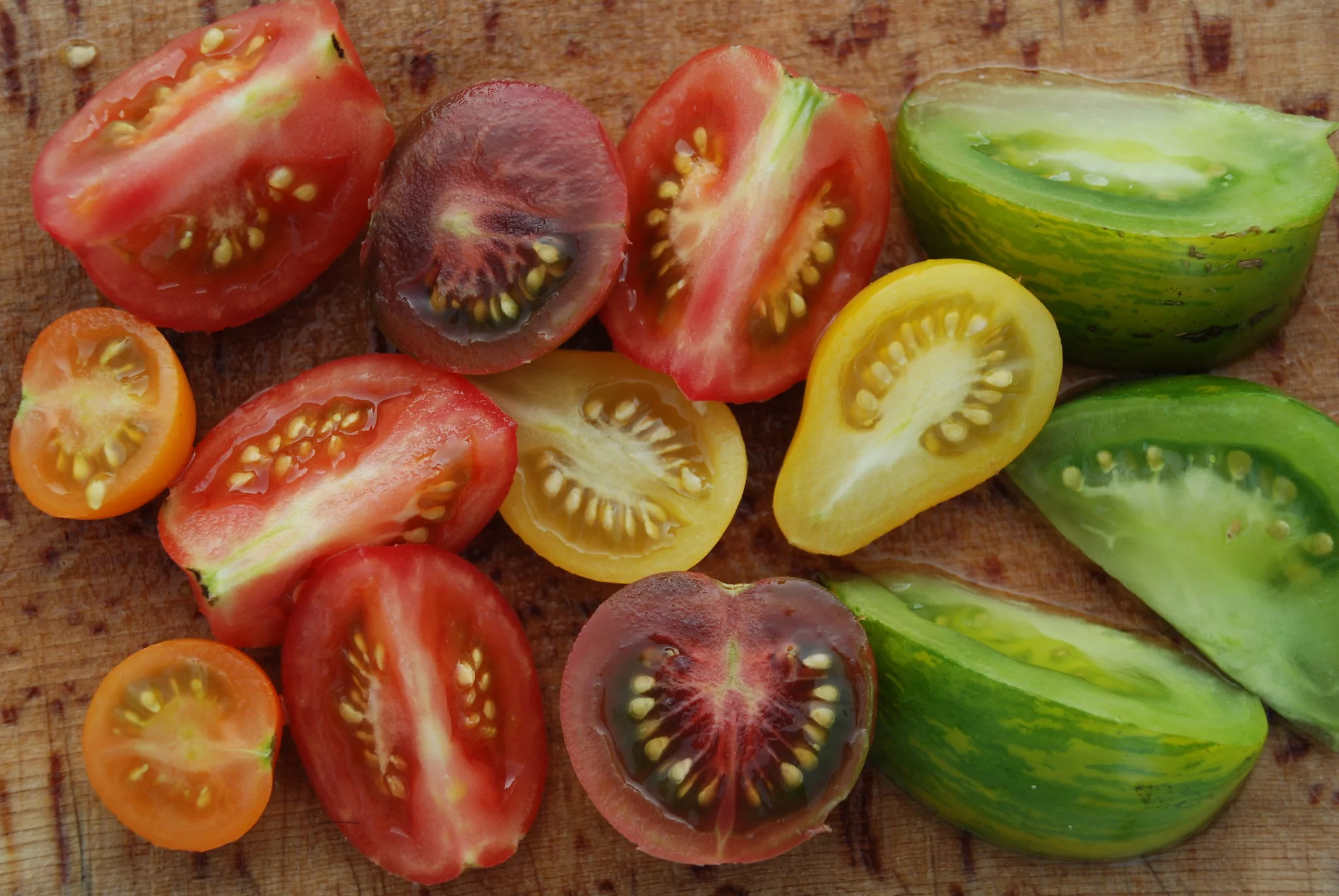Vertical gardening is an excellent strategy for maximizing space in a vegetable garden. Whether you’re dealing with limited garden space or simply looking to enhance your gardening techniques, vertical gardening offers numerous benefits. This guide will provide an in-depth look at the basics of vertical gardening, including why it’s beneficial, which vegetables are best suited for vertical growth, and various types of supports and structures to consider.
Why Grow Vertically?
Growing vegetables vertically offers several advantages beyond space optimization. Here are seven compelling reasons to consider vertical gardening:
- Improved Air Circulation: By growing crops vertically, you can significantly reduce the risk of insect infestations and disease. Plants that are off the ground enjoy better air circulation, which helps prevent soil-borne diseases and keeps foliage dry, reducing the likelihood of fungal infections.
- Increased Sun Exposure: Vertical growth exposes plants to more sunlight, which is crucial for healthy growth and optimal yield. Sunlight reaches more parts of the plant, promoting vigorous growth and enhancing photosynthesis.
- Ease of Harvesting: Crops like cucumbers can be difficult to spot when grown on the ground due to dense foliage. Growing them vertically makes it easier to see and harvest the fruits, ensuring that none are left to over-mature and impede further production.
- Aesthetic Appeal: Vertical structures such as trellises and tunnels add beauty and structure to the garden. They can create visually appealing focal points and make the garden look more organized and attractive.
- Space Efficiency and Increased Production: Vertical gardening allows you to grow more plants in a limited space. For instance, pole beans can yield two to three times the harvest of bush beans when grown in the same area. This method is particularly beneficial in greenhouses or polytunnels, where maximizing covered space is essential.
- Weed Reduction: Growing vegetables vertically can help reduce weed growth around your plants. When crops are elevated off the ground, there is less space available for weeds to take root and compete for nutrients and water. This can lead to less time spent weeding and more time enjoying your garden.
- Pest Management: Vertical gardening can also make it easier to manage pests. When plants are grown off the ground, they are less accessible to common ground-dwelling pests such as slugs and snails. Additionally, vertical structures can make it easier to spot and address pest issues before they become severe.

Vegetables Suitable for Vertical Gardening
Not all vegetables are suitable for vertical growth, but many popular garden crops can be trained to grow upwards. Here are some top choices for vertical gardening:
- Pole Beans: These climbers naturally twine around supports and can produce a bountiful harvest in a small footprint.
- Peas: Like pole beans, peas climb readily and benefit from vertical supports.
- Indeterminate Tomatoes: Unlike determinate tomatoes, indeterminate varieties continue to grow and produce fruit throughout the season. They need to be secured to supports to keep them upright.
- Cucamelons: These small, grape-sized melons are vigorous climbers and can cover trellises quickly.
- Vining Cucumbers: Cucumbers use tendrils to grasp and climb supports, making them perfect for vertical growth.
- Melons and Gourds: Smaller varieties of melons and gourds can be grown vertically with the right support.
- Small-Fruited Winter Squash: Some varieties of winter squash can be trained to grow vertically, reducing ground space usage.

Types of Vertical Supports
Choosing the right support structure is crucial for the success of your vertical garden. Here are some types of garden supports that you can consider:
- Bamboo Trellises: These can be made by gathering five or six bamboo posts together at the top to create a conical shape. They are ideal for lightweight climbers like pole beans and cucumbers.
- A-Frame Trellises: These strong supports are perfect for heavier crops like cucumbers, melons, gourds, and squash. They can be constructed from lumber and covered with chicken wire, twine, or wire mesh panels.
- Garden Arches or Tunnels: These structures add a whimsical and functional element to the garden. They can be made from wire mesh panels secured at the top with zip ties and mounted to raised beds. They are great for crops like cucumelons and pole beans.
- Cattle Panels: These sturdy panels are excellent for creating tunnels and strong enough to support heavy crops. They can be used for pole beans, cucumbers, vining squash, and miniature melons.
- Simple Supports: Wooden stakes, twine, or garden netting can provide sufficient support for many vertical crops. In greenhouses or polytunnels, you can utilize horizontal trusses to suspend twine for crops like indeterminate tomatoes and cucumbers.
- Lattice Panels: Wooden or plastic lattice panels can be used to create vertical supports for climbing vegetables. They are versatile and can be attached to walls, fences, or freestanding frames.
- Obelisks: These decorative supports are often made of metal or wood and provide a sturdy framework for climbing plants. They add an ornamental touch to the garden while supporting crops like beans and cucumbers.
- Teepee Trellises: Constructed from poles or sticks tied together at the top, teepee trellises are simple yet effective supports for lightweight climbers. They are particularly useful for beans and peas.
- String Trellises: By hanging strings from a horizontal bar, you can create a simple yet effective trellis for crops like tomatoes and cucumbers. This method works well in greenhouses or polytunnels where overhead supports are available.

Tips for Successful Vertical Gardening
To ensure your vertical garden thrives, follow these practical tips:
- Choose the Right Support: Match the crop with the appropriate type of support. Research the climbing habits of your plants to ensure they get the best possible structure for growth.
- Install Supports Early: Erect your trellises, tunnels, and other supports before planting seeds or transplanting seedlings. This prevents damage to the plants and ensures they have support from the start.
- Monitor Growth: Regularly check your vertical plants to ensure they are properly secured to their supports. Prune as necessary to maintain good air circulation and prevent overcrowding.
- Fertilize and Water: Vertical plants may need more frequent watering and feeding. Ensure they receive adequate nutrients and moisture for healthy growth.
- Protect from Pests: Vertical gardening can reduce some pest issues, but it’s still essential to monitor for common garden pests and take appropriate action if needed.
- Train Your Plants: As your plants grow, guide them onto the support structures. Use soft ties or clips to secure them gently without damaging the stems.
- Rotate Crops: Practice crop rotation even in vertical gardening to prevent soil depletion and reduce the risk of diseases. Rotate crops yearly to different parts of the garden.
- Mulch and Soil Care: Maintain healthy soil by adding organic mulch around the base of your vertical plants. This helps retain moisture, regulate soil temperature, and reduce weed growth.
Conclusion
Vertical gardening is a versatile and efficient method for growing vegetables. By utilizing vertical space, you can increase your garden’s productivity, improve plant health, and enhance the visual appeal of your garden. With the right supports and a bit of planning, you can enjoy a bountiful harvest of vertical crops.
Resources for Further Information
Penn State Extension – Trellising Vegetables in the Home Garden
University of California Agriculture and Natural Resources – Vertical Gardening Basics
Royal Horticultural Society (RHS) – Training and Trellising Plants
Seed Savers Exchange – How to Grow a Vertical Garden:
University of Maryland Extension – Vertical Gardening Techniques:





